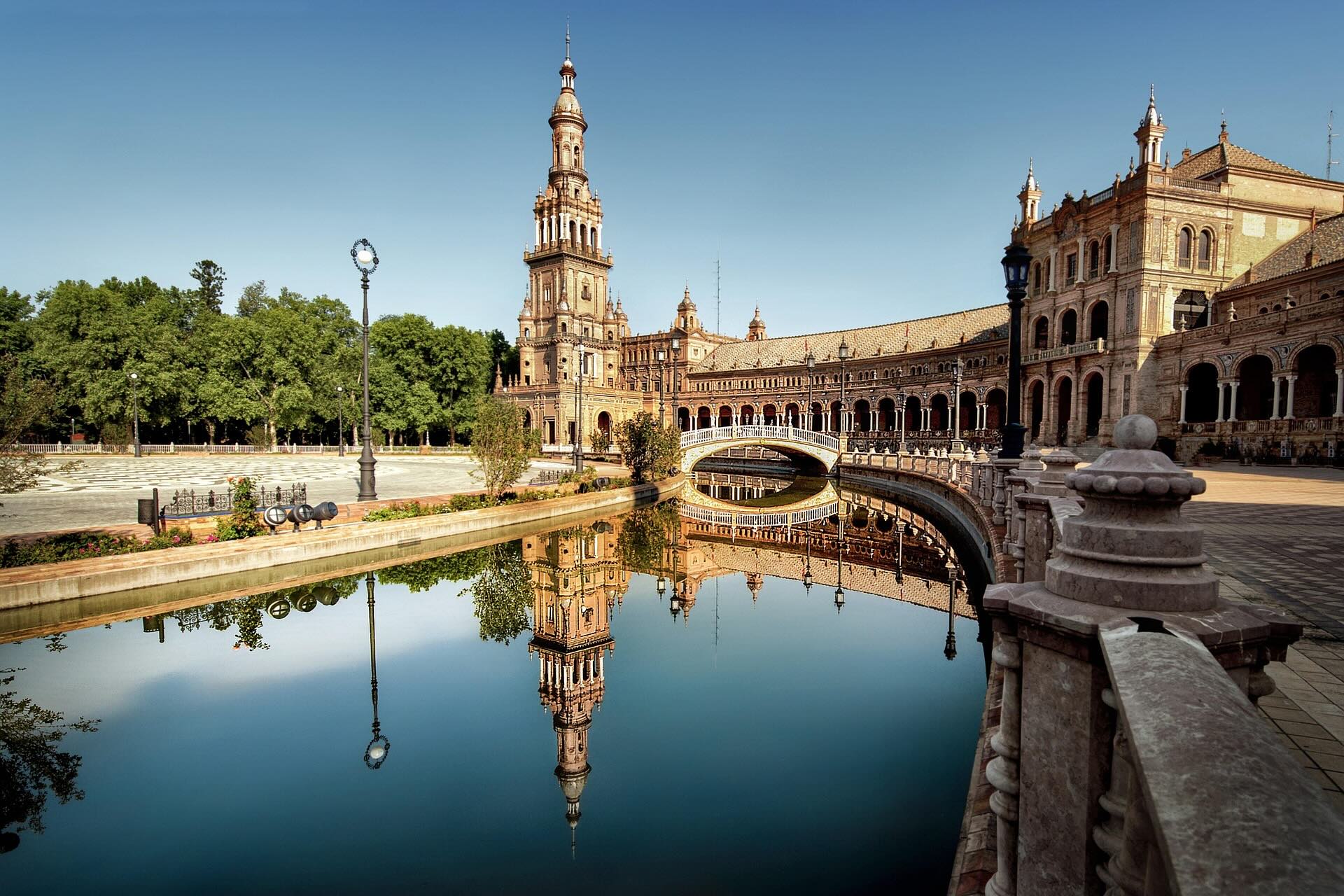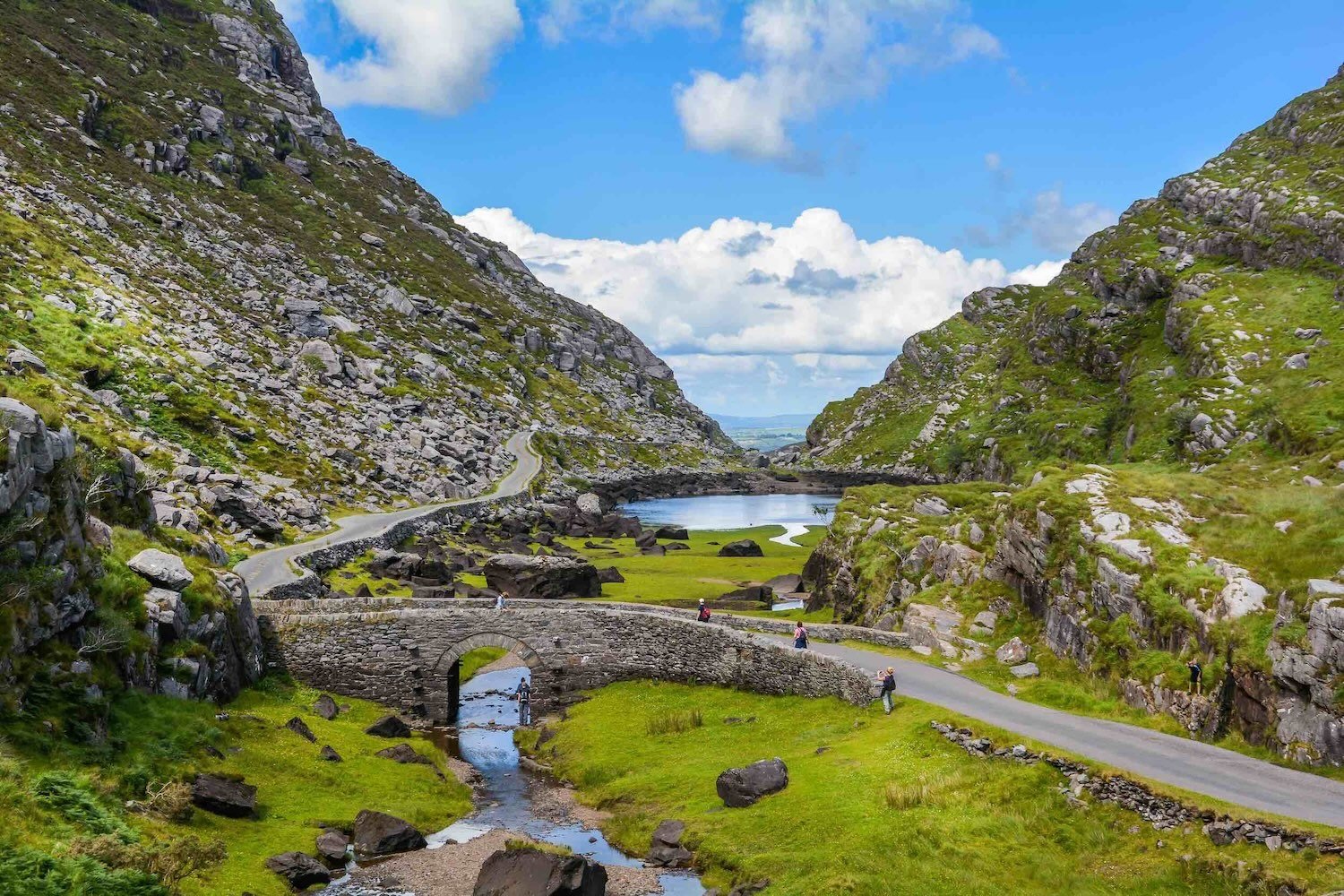Exploring Britain’s Glorious Historical Sites
It isn’t just about the cream teas and perfectly mowed lawns. The UK has some extraordinary historical sites to offer anyone who is interested in the very distant past. From warring noblemen to the meeting places of Ancient Romans, there’s something for everyone. Let’s explore Britain’s top historical sites.
According to the charity English Heritage, historic sites across England welcomed a record number of visitors in 2022, with 10 of their 400 historic sites experiencing their best year on record. Yorkshire attractions such as Clifford’s Tower in York and Whitby Abbey have been named among those that saw a surge in popularity. However, it’s imperative to remember that many other sites are worth adding to the travel itinerary. From the ancient Roman Baths to a castle that appeared in Harry Potter, there is no shortage of hidden gems to visit.
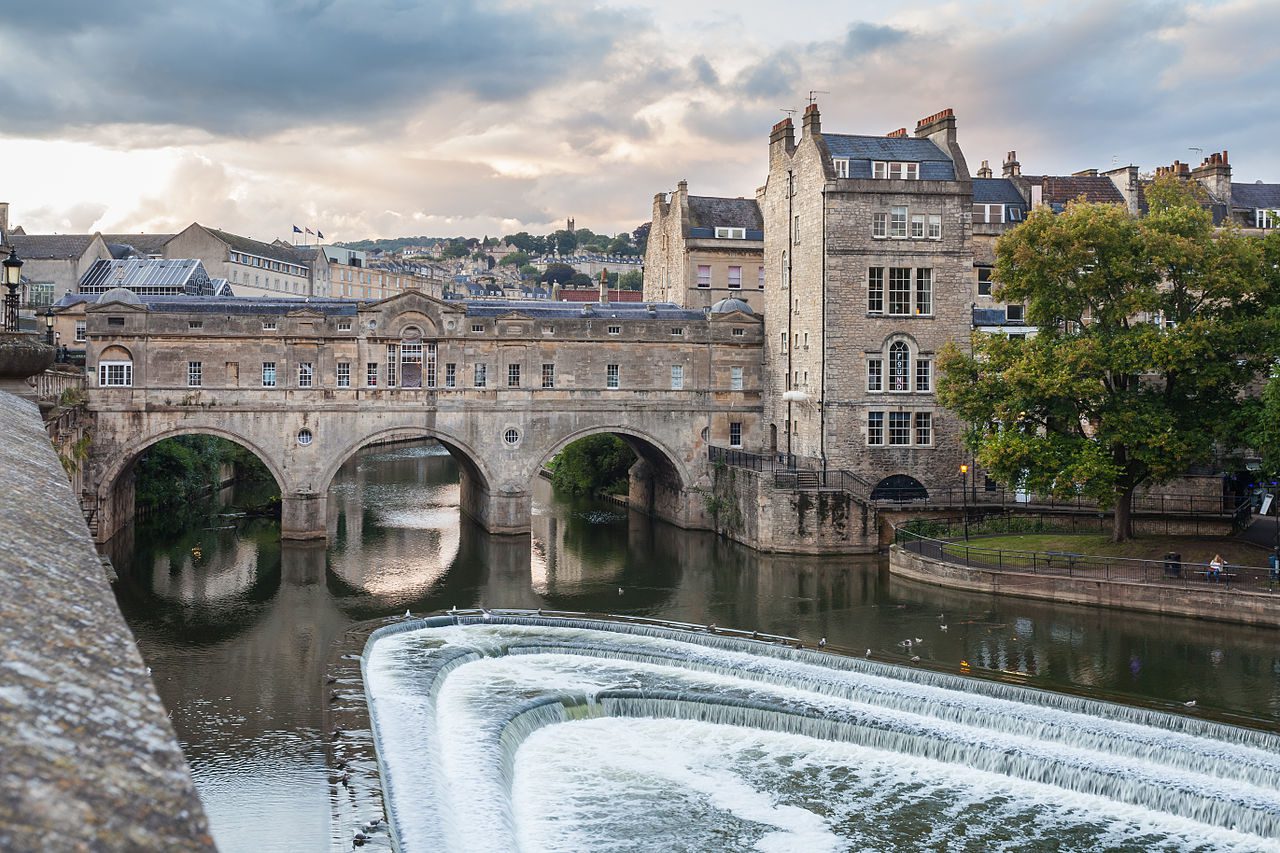
Pickering Place
Located in the Mayfair borough of London, Pickering Place is the smallest square in England — and the last place in the city where a duel was fought. According to History Hit, the courtyard is the covered remains of a garden that once existed back when houses were first built in the location during the mid-1660s (back when the Earl of St. Albans secured a lease from King Charles II).
“In 1731, some of the nearby houses and tenements were demolished, and the square was named Pickering Court, after William Pickering — a coffee merchant and son-in-law of Widow Bourne, founder of Berry Bros & Rudd Ltd wine merchants, whose shop still operates on the premises,” History Hit explains.
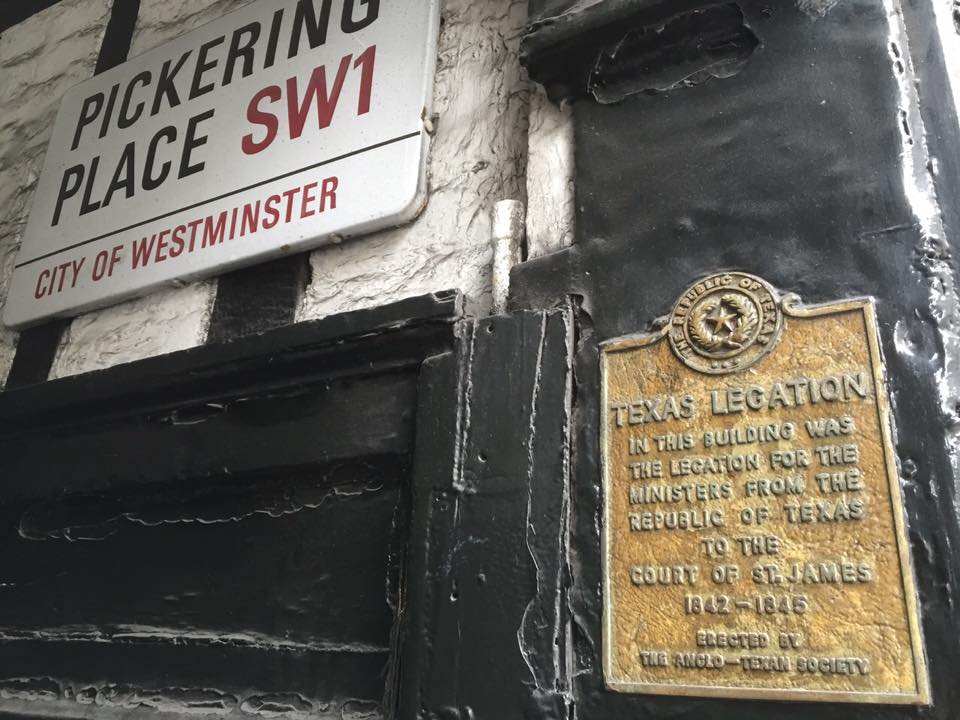
The square was later known as Pickering Place, with its secluded location contributing to its notoriety for gambling dens and bear-baiting. Pickering Place also became a popular location for duels, with a long-time legend stating that Beau Brummel had once dueled there. According to History Hit, Pickering Place retains much of the square’s original Georgian architecture, detailing, railings, and still-functioning original gaslights. “Such quiet seclusion in central London helps visitors feel like they’re back in a previous time,” thus highlighting the location’s unique appeal that makes it perfect for those looking for a historical gem in the city.
From Bath to Oxford
One of Northern Europe’s most significant Roman sites, the Roman Baths, is an elaborate spa complex dating from around 70 AD. Then known as ‘Aquae Sulis,’ Lonely Planet explains that the Romans built the bathhouse complex above Bath’s 115°F hot springs. “Set alongside a temple dedicated to the healing goddess Sulis-Minerva, the baths now form one of the world’s best-preserved ancient Roman spas and are encircled by 18th- and 19th-century buildings.”
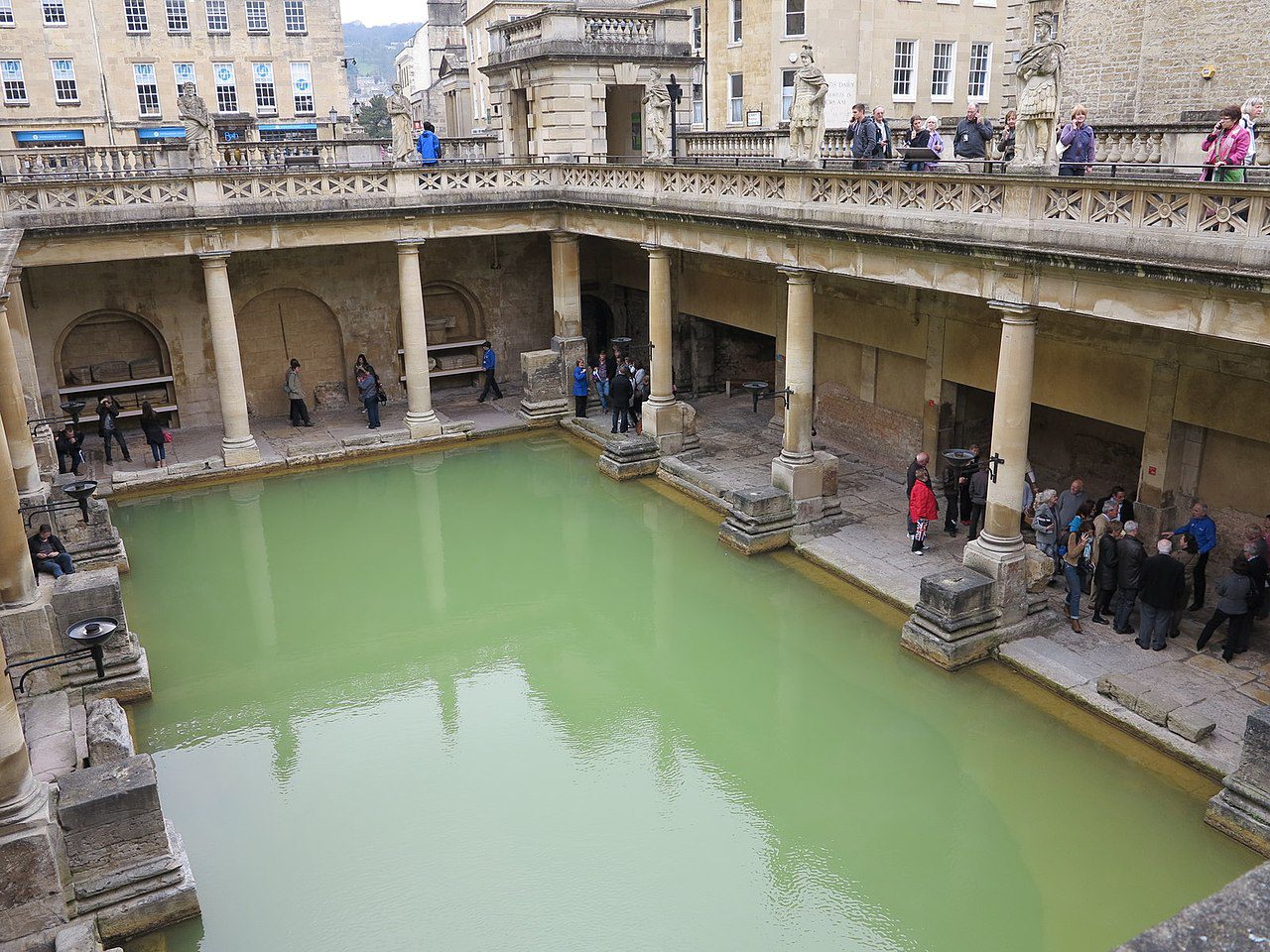
Inside the complex lies what is known as the ‘Great Bath,’ described as a lead-lined pool filled with ‘steaming, geothermally heated water’ from the ‘Sacred Spring,’ though there are a variety of other pools present — including the King’s Bath. According to Lonely Planet, surrounding buildings house a restaurant, and visitors can have the opportunity to taste free samples of the spring waters (which were believed to have curative properties in Victorian times).
Admission to the Roman Baths includes an audio guide, and while visitors can tour the baths and museum, it’s imperative to note that entering the water is not permitted as it is untreated and unsafe for swimming.
When looking for more adventure and history to supplement your trip to the UK, traveling to Oxford (about an hour and a half drive away) will lead you to Blenheim Palace, just eight miles from the city. Built in the 18th century, the Palace was home to the 12th Duke of Marlborough and his family as well as the Churchill family, with Capability Brown having designed its ground.
Noteworthy experiences include viewing the Green Writing Room, an exclusive tour of the Marlborough family’s private apartments, and a downstairs tour that allows for a glimpse inside the lives of the Palace staff over the centuries. Named after the 1704 Battle of Blenheim, the house is an exceptional example of English Baroque-style architecture. It is also known as the birthplace of Winston Churchill, making it an ideal stop for any history buff out there.
Alnwick Castle
Located in Northumberland, the Dukes of Northumberland have occupied Alnwick Castle for over 700 years, the current being Ralph Percy, the 12th Duke of Northumberland. Having starred as the Hogwarts School of Witchcraft and Wizardry during the 2001 Harry Potter and the Philosopher’s Stone and the 2022 Harry Potter and the Chamber of Secrets, the castle makes for the perfect addition to any fan’s itinerary.
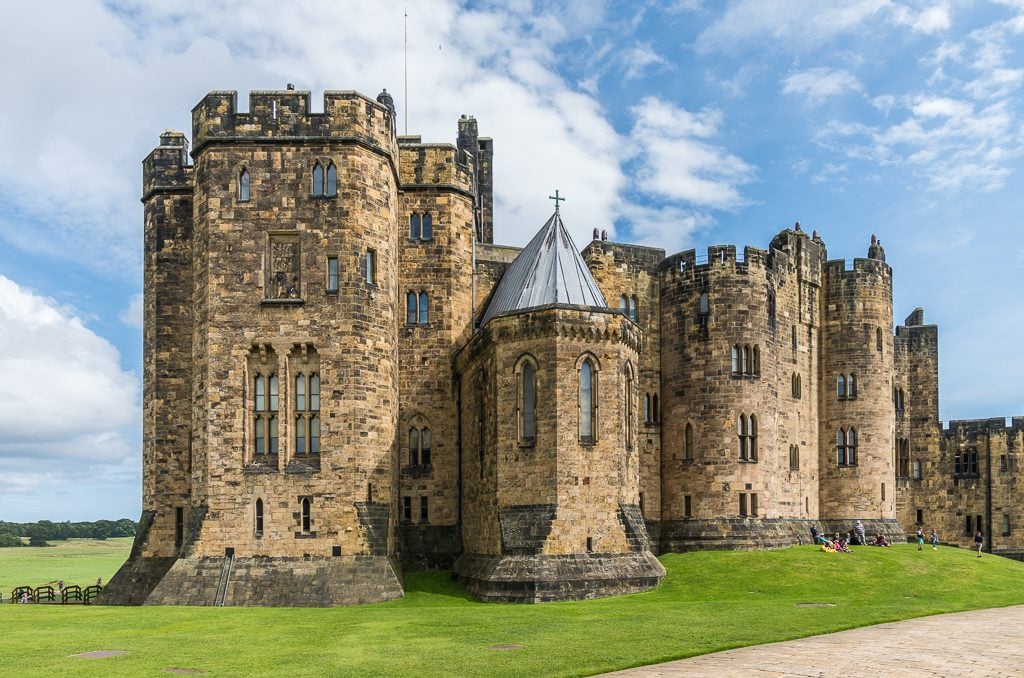
According to the castle’s site, there are plenty of things to do besides special events and performances. For example, visitors can try their hand at archery or even learn to fly a broomstick in the exact spot where Harry Potter first took flight. Learning about the castle’s history — including the evolution of the building’s structure, learning about the archaeological artifacts on display, or discovering more about the Percy family can be done via the location’s museums.
Travel + Leisure points out that although the current duke and duchess live in a private part of the castle, the rest is open to the public for seven months out of the year, with highlights that include a gallery of Italian paintings, a library, and even a dedicated Harry Potter tour, thus ensuring that there is something for everyone who visits.
With abundant historical sites peppered throughout Britain, it can be easy to overlook some of the most interesting areas. From a notable castle to the smallest square in England — and even the Roman Baths, there is truly a historical site to suit anyone’s interests, whether it be an ancient location or those that have shown up in pop culture films.



